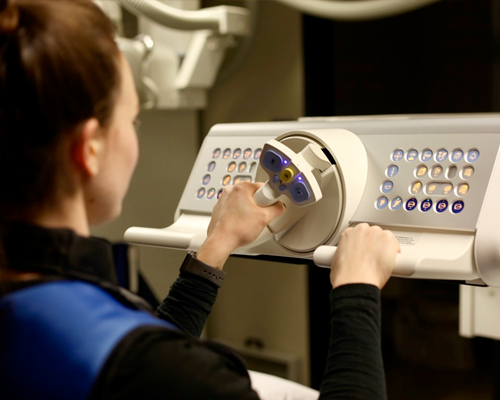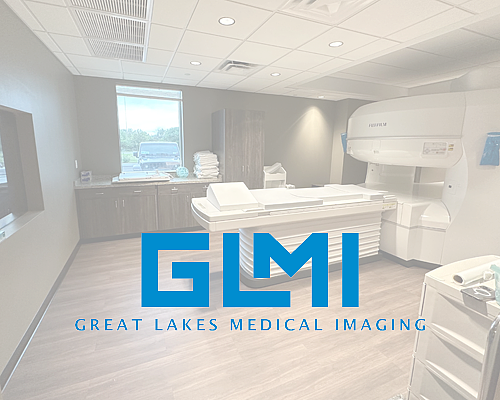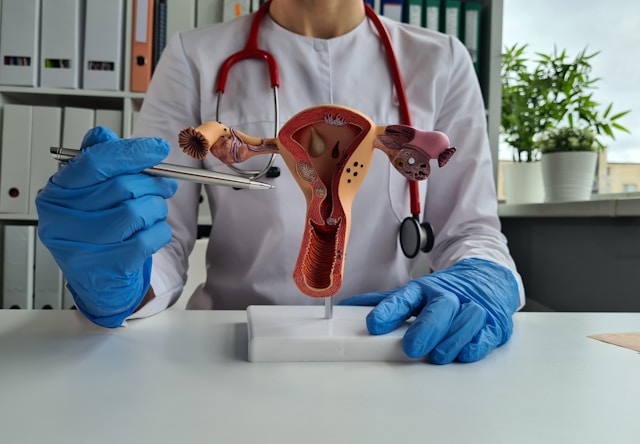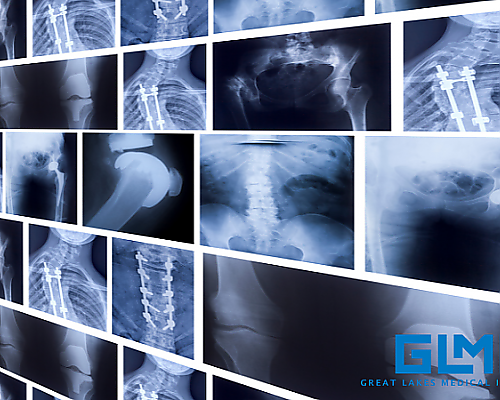Our Blog
How Safe is Fluoroscopy? Debunking Myths for Patients at GLMI

When it comes to medical imaging, safety is always a top priority. At Great Lakes Medical Imaging (GLMI), we understand that patients might have concerns or misconceptions about different imaging modalities, especially those involving radiation, such as fluoroscopy. In this article, we aim to set the record straight and debunk some common myths surrounding fluoroscopy.
Myth 1: Fluoroscopy Exposes Patients to Harmful Levels of Radiation
Truth: While fluoroscopy does involve the use of radiation, the doses used in medical procedures are typically low. Moreover, at GLMI, our radiologists and technologists are trained to follow the "as low as reasonably achievable" (ALARA) principle. This means that they use the minimum amount of radiation necessary to achieve the required medical results.
Myth 2: Frequent Fluoroscopy Procedures Are Dangerous
Truth: The risk from a single fluoroscopy procedure is quite low. If multiple procedures are required, the cumulative radiation dose might increase, but the risk associated with this cumulative dose is still generally considered to be low. However, it's always important to inform your doctor of any previous imaging tests so they can consider your cumulative exposure.
Myth 3: Fluoroscopy is Only Used for Complex Procedures
Truth: Fluoroscopy has a broad range of applications, from guiding certain surgical procedures to aiding in the diagnosis of certain gastrointestinal conditions. Its ability to provide real-time, moving images makes it versatile and invaluable in both simple and complex medical scenarios.
Myth 4: There’s No Way to Protect Against Radiation During Fluoroscopy
Truth: At GLMI, patient safety is paramount. Apart from adhering to the ALARA principle, we also utilize protective shields or aprons made of lead or other radiation-attenuating materials to protect certain parts of the body from radiation exposure during the procedure.
Myth 5: Children Should Never Undergo Fluoroscopy
Truth: While children are more sensitive to radiation, there are times when a fluoroscopy procedure may be the best diagnostic tool available for a pediatric patient. At GLMI, our team is trained to adjust the dose and technique when imaging children to ensure they receive the smallest dose necessary.
In conclusion, fluoroscopy is a powerful diagnostic tool that, when used appropriately, carries minimal risk. At Great Lakes Medical Imaging, we're committed to ensuring the safety and well-being of our patients during every procedure. If you have further concerns or questions about fluoroscopy or any other imaging procedure, we're here to help. Reach out to us via our contact page.
Disclaimer: This blog article is for general informational purposes only and should not be construed as professional medical advice. Always seek the advice of your physician or other qualified health provider with any questions you may have regarding a medical condition.
‹ Back









